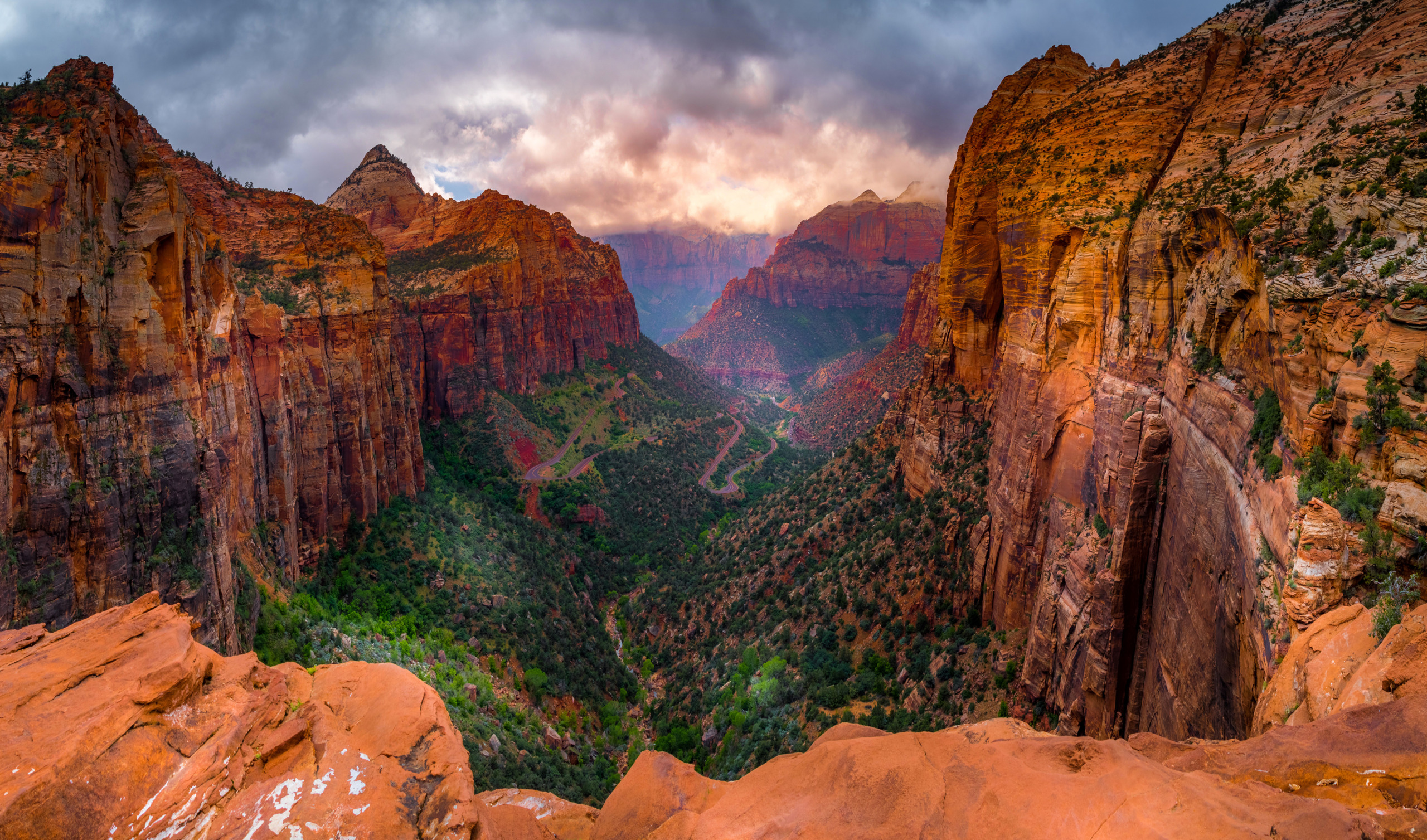Designing Destinations and Experiences that Last
By WATG
March 26, 2024
Guided by the principles of preservation and sustainability, encouraging guests to develop a personal relationship with Utah’s unrivaled nature.
What do you do with 8,000 acres in Utah, at the eastern gateway to Zion National Park? You plan very carefully to preserve it, and invite the world to participate in that stewardship.
This is precisely what our client is doing as they launch a new wilderness retreat in East Zion. The luxury resort occupies – very gently – more than 1,000 acres of the overall site and is guided by the principles of preservation and sustainability as it encourages guests to develop a personal relationship with Utah’s unrivaled nature.
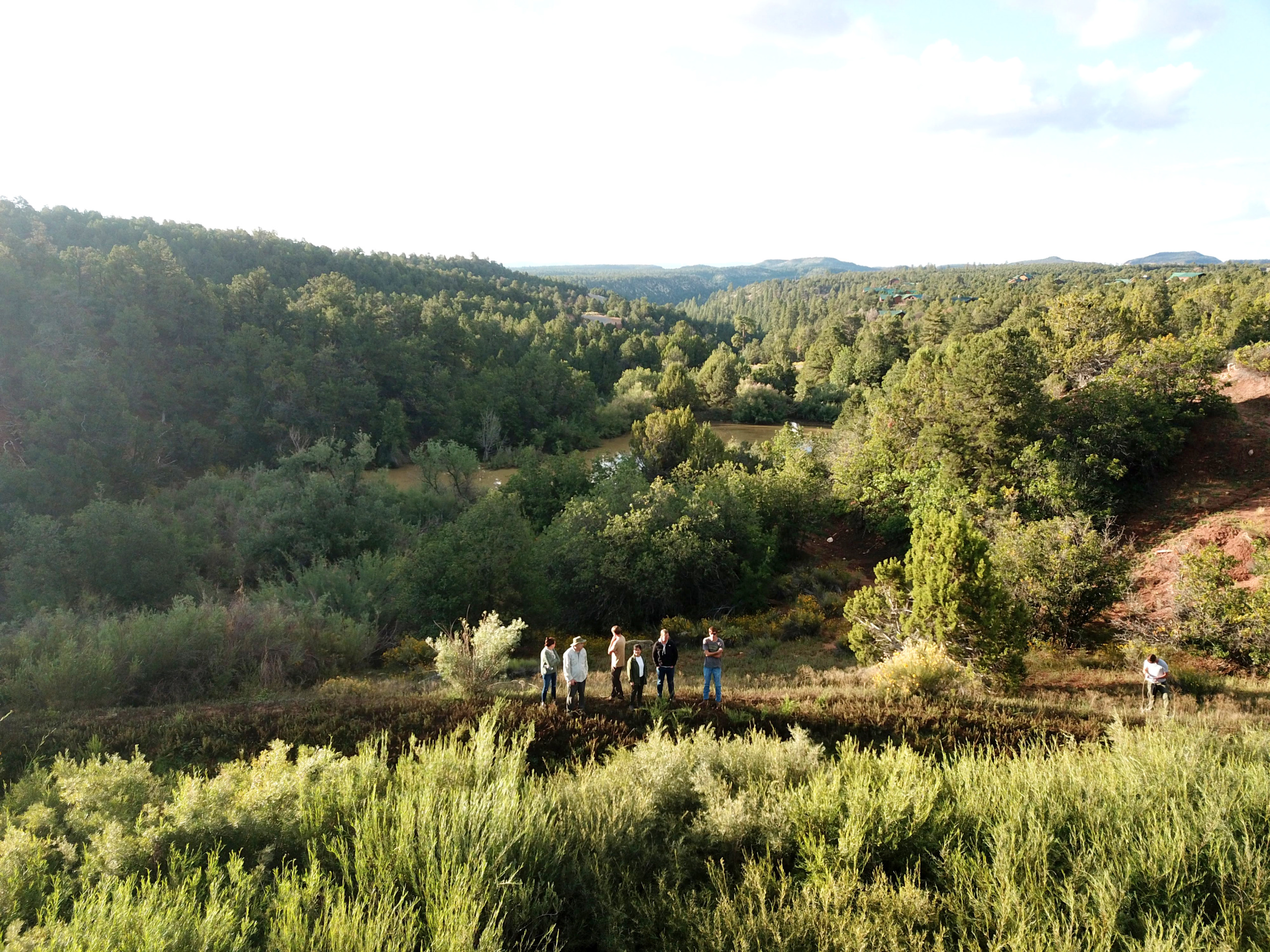
Designing long-term, sustainable solutions that blend economic viability with ecological regeneration.
WATG’s master planning team worked closely with their client to envision the site’s layout and programming. Collaborating with architects, landscape designers, civil engineers, environmental consultants, brand and positioning strategists, the goal has been to optimize the land from the guest experience, sustainability and business perspectives, ensuring none is planned at a detriment to the other. Fueled by our planning team’s 30+ years of experience and our deep understanding of culture, we continue to learn from our multidisciplinary collaborators as we work together to design long-term, sustainable solutions that blend economic viability with ecological regeneration.

The World Travel & Tourism Council recently reported that 69% actively seek sustainable travel options, and 75% desire to choose more sustainable travel in the future.
Sustainability continues to be a priority for travelers. The World Travel & Tourism Council recently reported that 69% actively seek sustainable travel options, and 75% desire to choose more sustainable travel in the future. Prized as one of the most important natural and cultural resources, national parks in the United States hosted more than 311 million visitors in 2022, steadily inching closer to the record 330 million annual visitors in the years immediately preceding the pandemic. In fact, the pandemic has fueled much of North America’s growing interest in exclusive destinations that align with healthy and natural lifestyles, as bespoke personal experiences in unique physical settings become the marks of luxury.
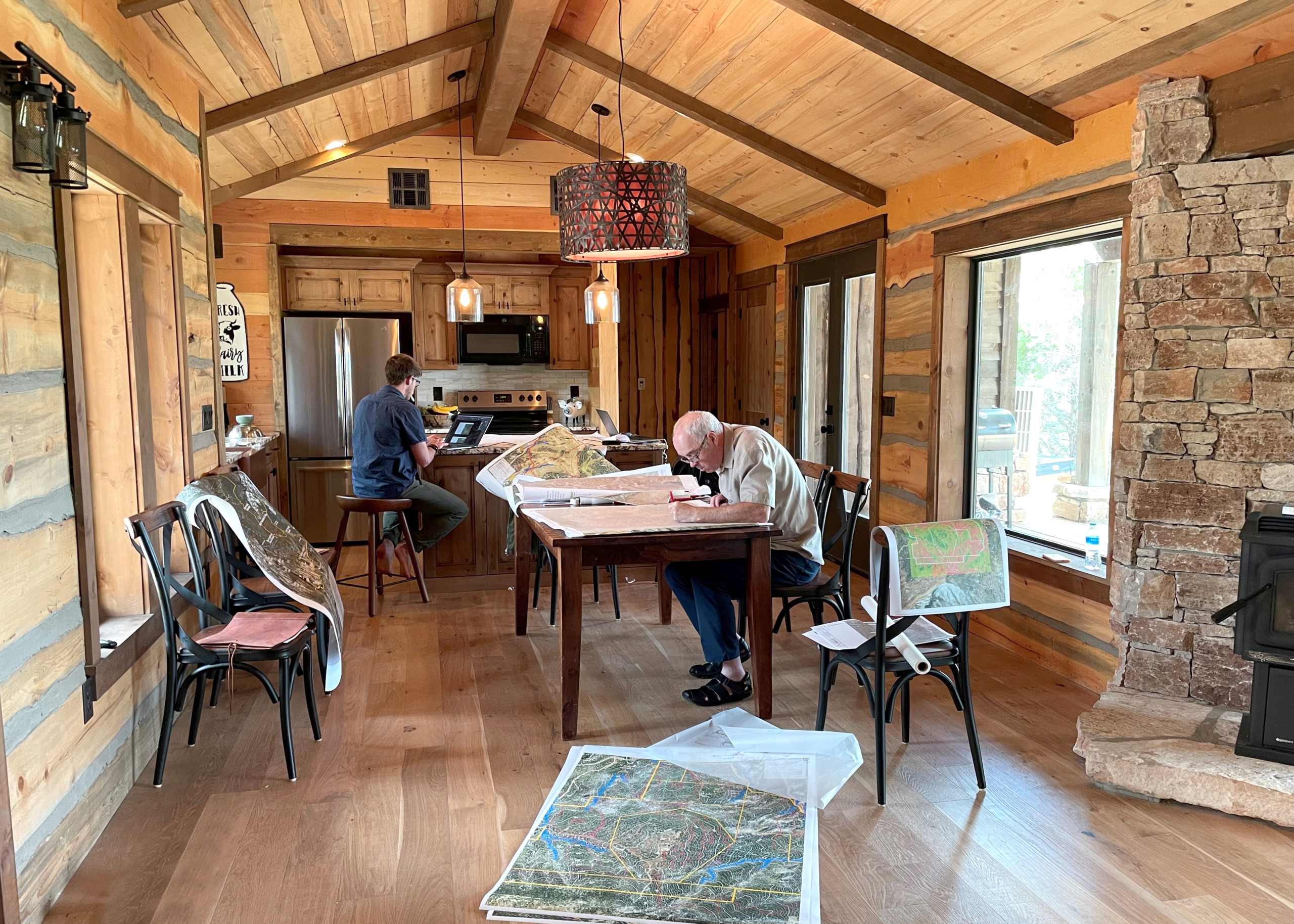
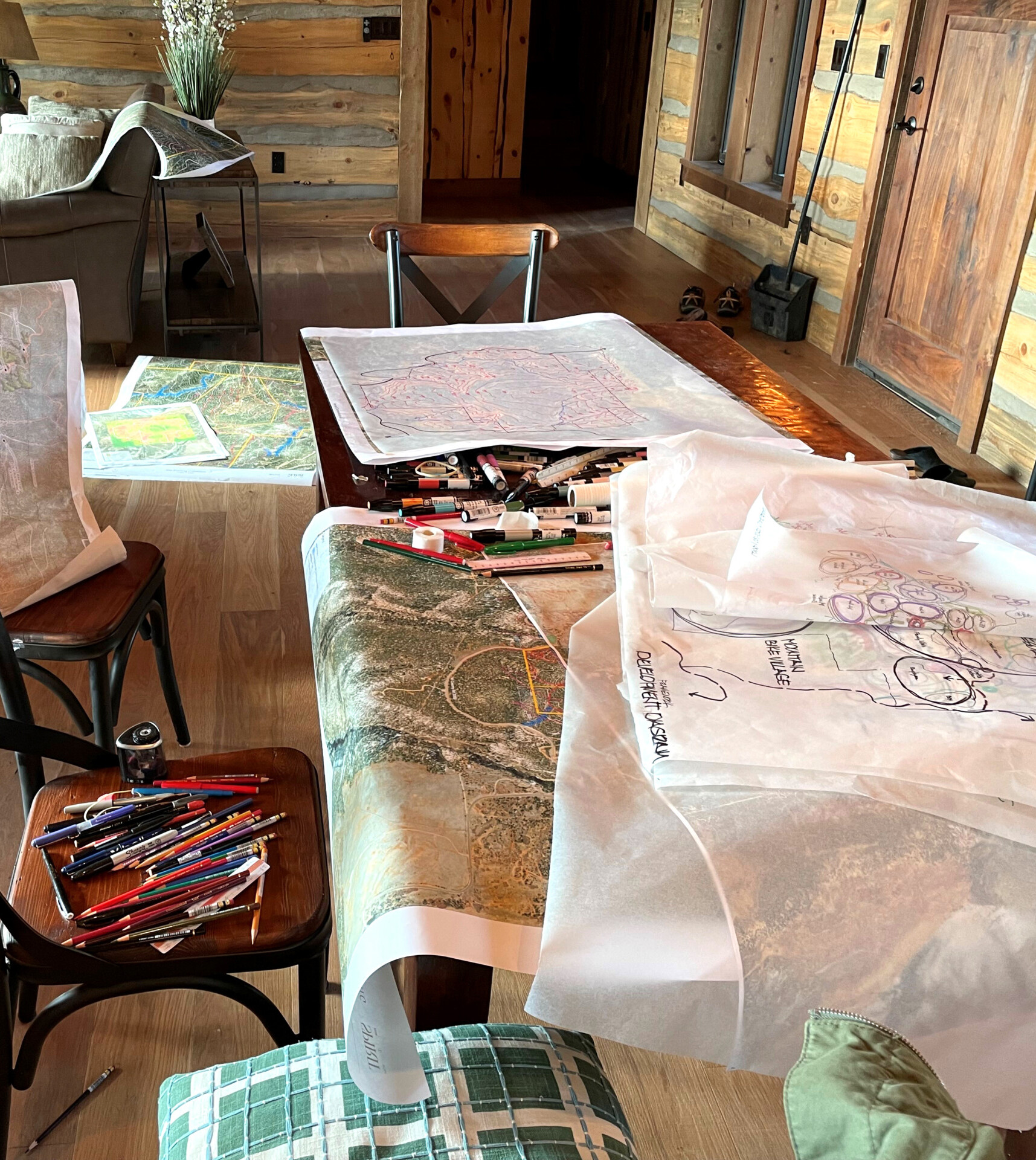
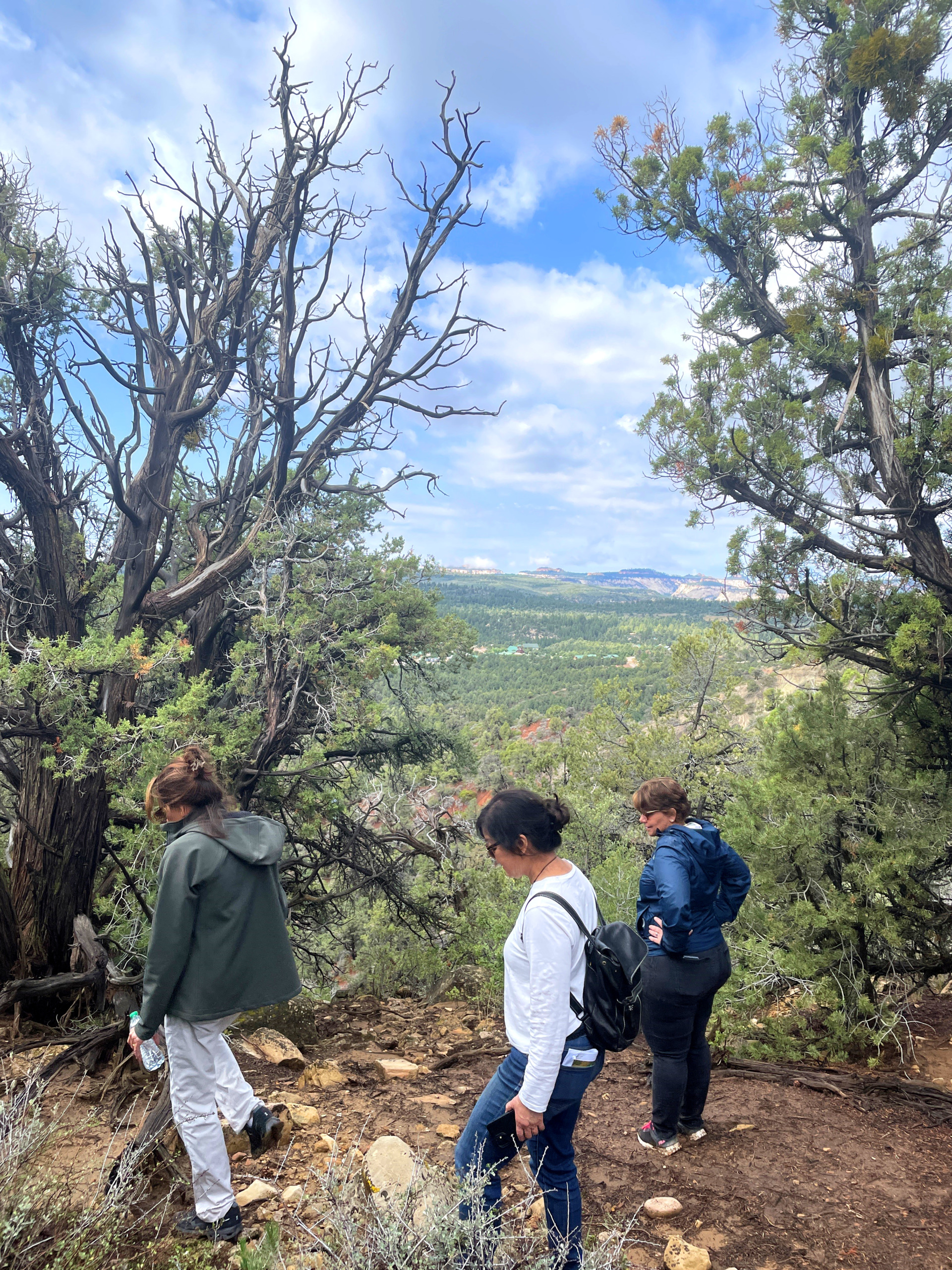
WATG’s experience in developing master plans that optimize vast, complex pieces of land helped the client meet their goals for programming and profitability without compromising sustainability.
Recognizing the uniqueness of Utah’s natural beauty, the client had a clear vision from the start for a wilderness retreat that respects and honors the National Park as it ultimately offers private suites and homesteads, a lodge, staff residences, hiking and biking trails, and a wide range of luxury amenities, all situated in Utah’s mountains at an elevation of 7,000’. WATG’s experience in developing master plans that optimize vast, complex pieces of land was well known and sought after by the project team, and helped the client meet their goals for programming and profitability without compromising sustainability.
In today’s terms, this means much more than the reduction of carbon emissions, water and energy consumption, and now must also prioritize the long-term risks of climate change and the resilience of whole communities. Using data as well as digital tools and technologies, WATG can quantify the impact of a variety of design solutions to mitigate these risks, considering operational costs and revenues as well, and ensuring that our master plans are as real and achievable as they are visionary – ultimately creating a master plan that serves as a roadmap to our clients for decades of future development.
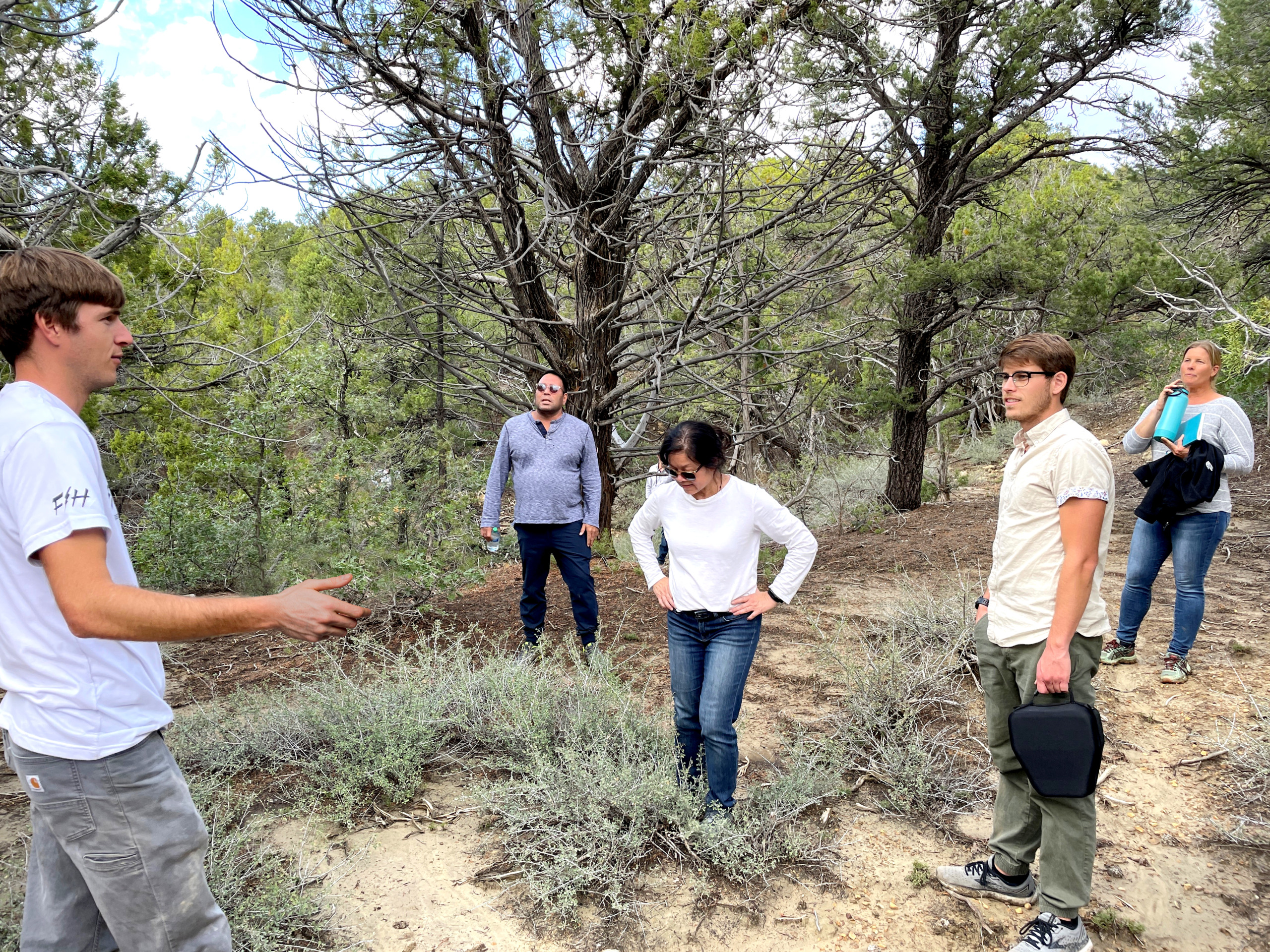
Focused on the fundamentals of natural site planning and optimal resort operations, ensuring that resorts will work with the land to ensure that the natural setting can be preserved whilst also being enjoyed by guests.
The WATG team is taking a similar approach in Cabo San Lucas, Mexico, where a high profile operator is developing a new resort, merging Cabo’s stunning coastal landscape with a health and fitness lifestyle. Here, the site is compact – not vast like the Zion project – but is complex with a rugged and steep 30° slope toward the ocean. The master plan requires a similar level of thoughtfulness and specialized experience. Collaborating closely with the client and the project’s architects and engineers, our master planners and landscape architects have developed a flexible plan that offers multiple design and operational strategies that can be implemented in phases as the project unfolds. Focused on the fundamentals of natural site planning and optimal resort operations, this approach ensures that the resort will work with the land to ensure that the natural setting can be preserved whilst also being enjoyed by guests.
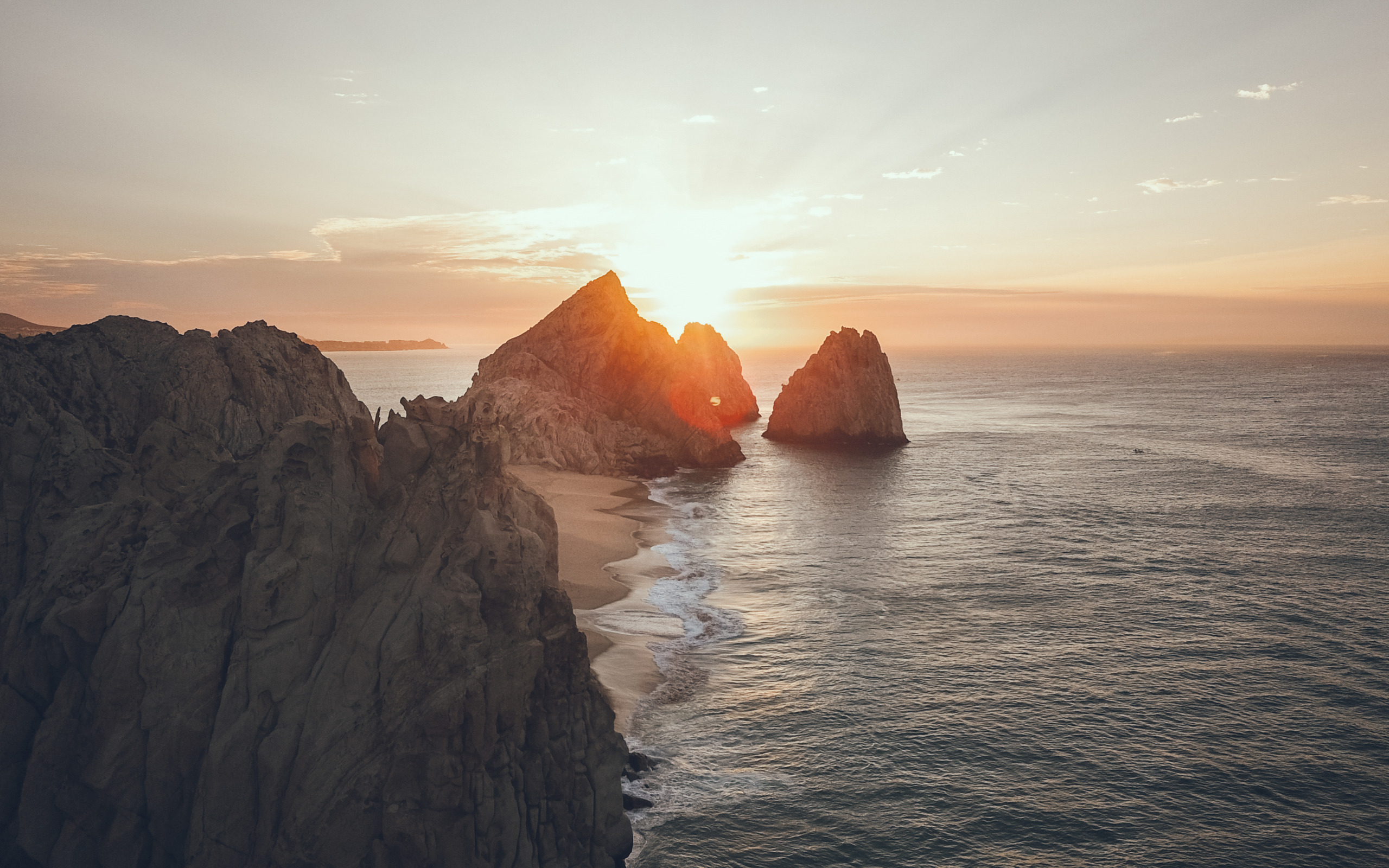
Our work is more purposeful and fulfilling knowing we are ensuring both the long term future of the development and our planetary responsibilities.
The WATG master planning team is accustomed to site constraints, whether they’re mountains or oceans or parcels of land that are undevelopable due to fragile ecologies or other environmental conditions. To us, these constraints are opportunities not only to design innovative destinations that deliver unique guest experiences, but also to restore natural habitats and preserve ecological systems for generations to enjoy. Working holistically at this crossroads alongside other disciplines not only delivers a resilient, better informed and balanced plan for each site and for each client, it also makes our work more purposeful and fulfilling knowing we are ensuring the long term future of both the development and our planetary responsibilities.
Latest Insights
Perspectives, trends, news.

- Case Study |
- Design Thinking & Innovation
In Conversation: Marcel Damen, General Manager of Rissai Valley, a Ritz-Carlton Reserve

- Case Study |
- Design Thinking & Innovation
In Conversation: Marcel Damen, General Manager of Rissai Valley, a Ritz-Carlton Reserve

- Strategy & Research |
- Digital Practice
Transforming Hospitality Design with AI
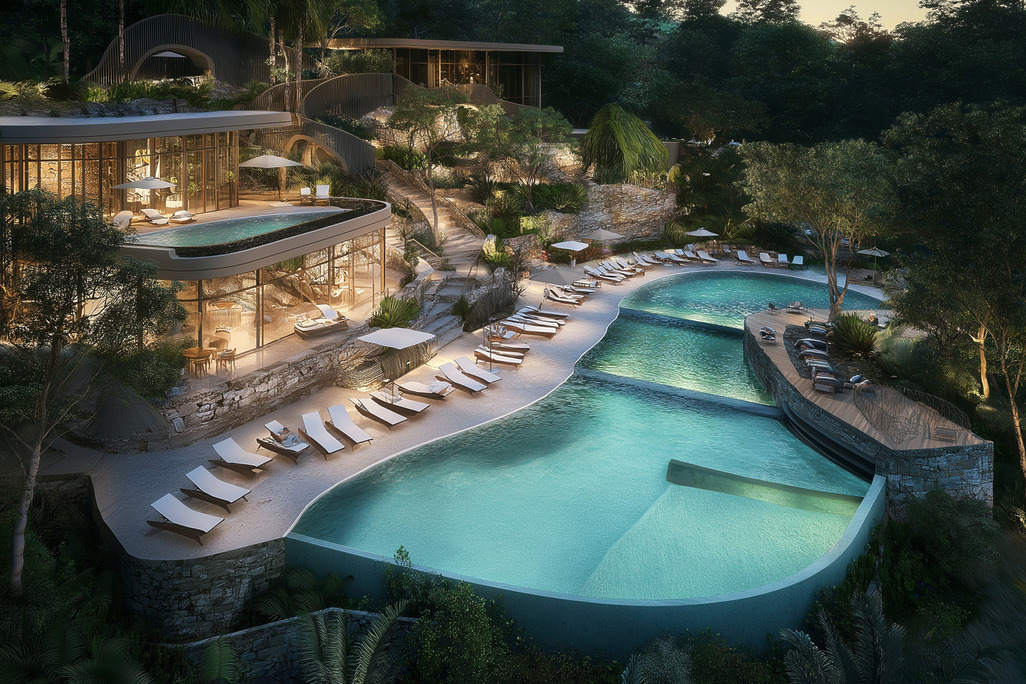
- Strategy & Research |
- Digital Practice
Transforming Hospitality Design with AI


- Inside WATG
WATG CEO, David Moore, on Expanding Horizons

- News
Competition Winners: Reimagine The Future of Hospitality with A.I.

- News
